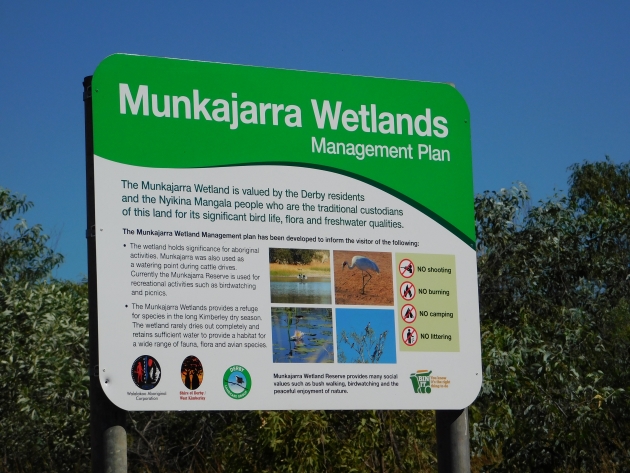
Until recently the access to Munkajarra Wetlands near Derby has been a four-wheel drive track that was not always accessible all year. However, the firebreaks that have been put in recently make it a lot easier for vehicles to access the area. You wouldn’t necessarily take any vehicle in there, but you no longer need to worry about high clearance or four-wheel drive. This will change over time of course and once it rains again you would need to consider if you had the right vehicle to access the area. It is only a short drive in to the Munkajarra Wetlands from the main highway twenty kilometres south of Derby, but it is on a sweeping bend, so you need to look out for the new brown natural attraction sign on the edge of the highway. It is not far from Myalls Bore that I introduced you to last week.
Once you turn down the track you will clearly see a gate that needs to be kept closed at all times. You then travel down the newly graded track about two kilometres to another gate. This whole area floods during the wet season and water remains throughout the year most years and attracts a lot of bird-life. It is worth having your windows open as you drive slowly in and check all of the many boab trees for bird-life. The land is sandy in some sections and red dirt in other sections. There are often both Sacred Kingfishers and Red-backed Kingfishers in the boab trees and also Blue-winged Kookaburras.
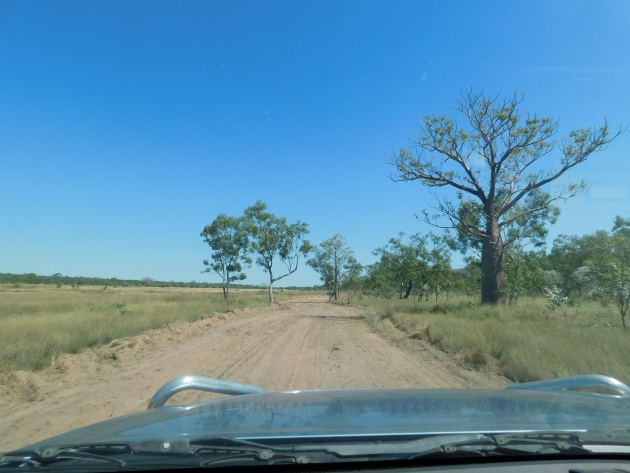
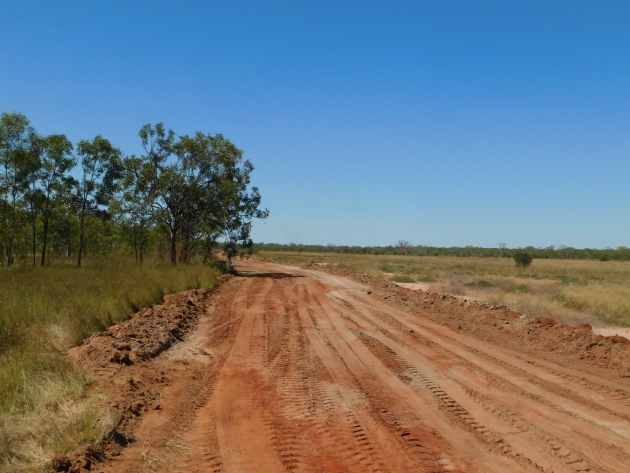
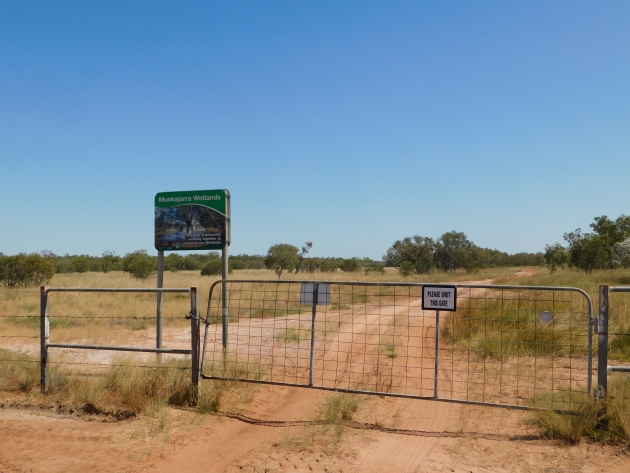
Newly graded access to Munkajarra Wetlands
If you look at this post that I did in December 2014 you will see how different the track looked then. It hadn’t changed much at all until a few weeks ago when it was graded. On that occasion we walked into Munkajarra Wetlands from the highway to see what bird-life there was during December after the first wet season rains. At the end of May in 2015 I wrote about the area too and there were huge numbers of birds there then. Every visit varies, which is why it is such a great place to visit. During the day-time once the sun is up you rarely have an issue with mosquitoes, but that may well be because the dragonflies and Rainbow Bee-eaters are busy eating them.
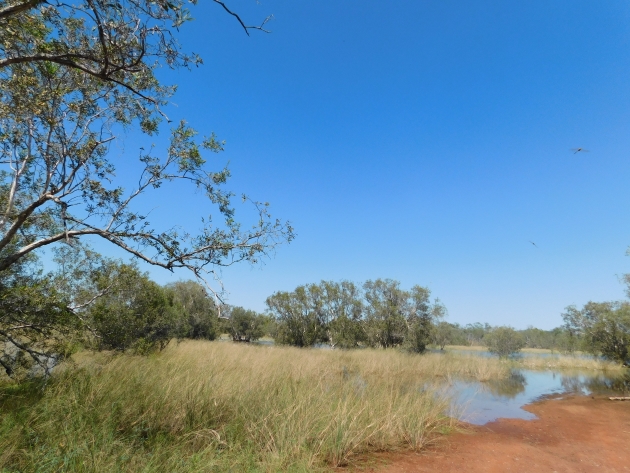
Dragonflies photobombing on the right as we approach
Munkajarra Wetlands is always a good location for the various duck species and you can expect to observe Plumed Whistling-Ducks, Wandering Whistling-Ducks, Pacific Black Ducks, Hardheads, Grey Teal and sometimes Radjah Shelducks and Pink-eared Ducks. You have to look carefully, because often there are Australasian Grebes and Green Pygmy-Geese amongst the ducks and lilies.
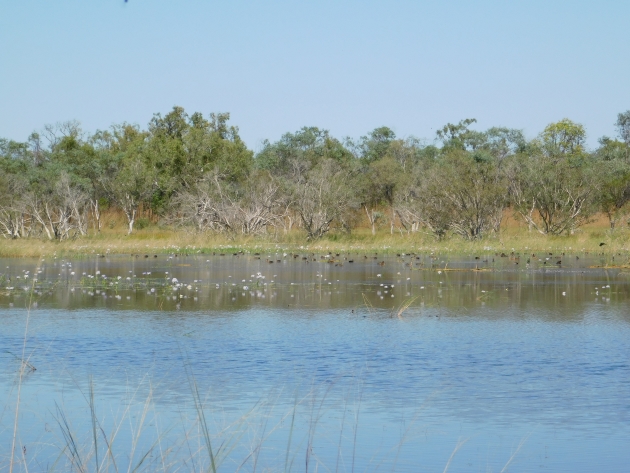
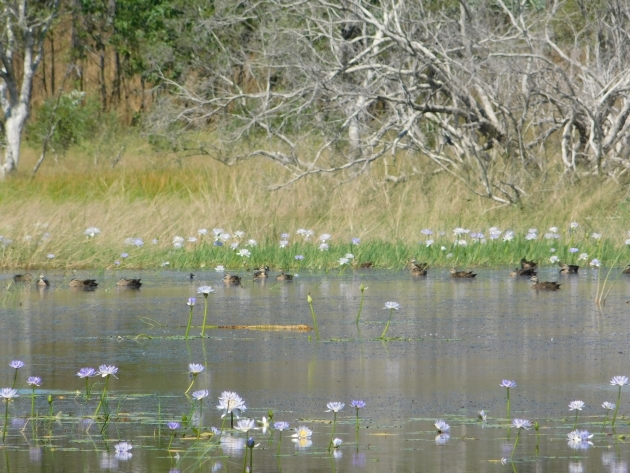
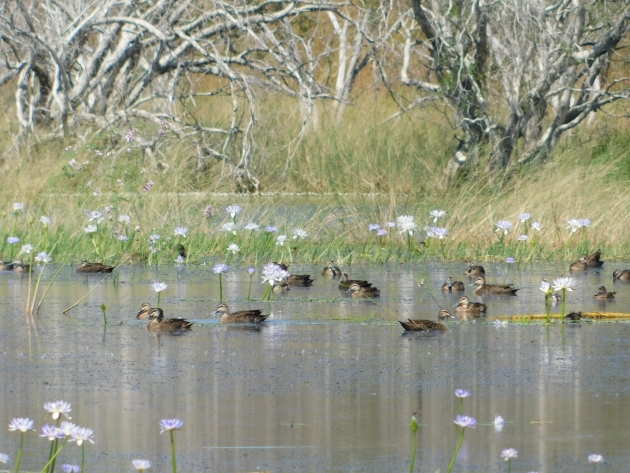
Ducks at Munkajarra Wetland
All of the surrounding trees, especially if they are in flower, offer a great variety of birds. You can expect to observe Crested Pigeons, Peaceful Doves, Diamond Doves, Bar-shouldered Doves, Brown Honeyeaters, Rufous-throated Honeyeaters, Yellow-tinted Honeyeaters, White-gaped Honeyeaters, Singing Honeyeaters, Little Friarbirds, Grey-crowned Babblers, Rufous Whistlers, Grey Shrikethrush, White-winged Trillers, White-breasted Woodswallows, Willie Wagtails, Paperbark Flycatchers, Magpie-larks, Pied Butcherbirds, Jacky Winter and White-throated Gerygone to name a few.
It is of course a very popular place for waterbirds to drop by and sometimes there are large numbers of Purple Swamphens and Eurasian Coot present. There are often Black-necked Storks walking around amongst the lilies and also White-necked Herons and White-faced Herons. It is quite possible that you will observe all three species of Ibis-Straw-necked Ibis, White Ibis and Glossy Ibis. Quite often there are Australian Pelicans, Brolga and Royal Spoonbills present and the egret species often include Great Egret, Intermediate Egret, Little Egret and Cattle Egret.
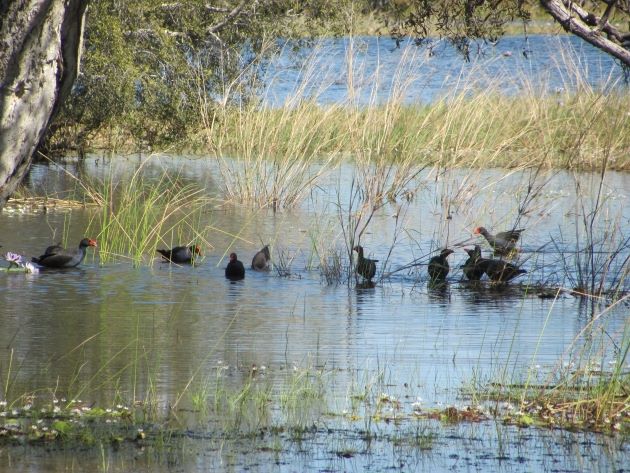
Purple Swamphens
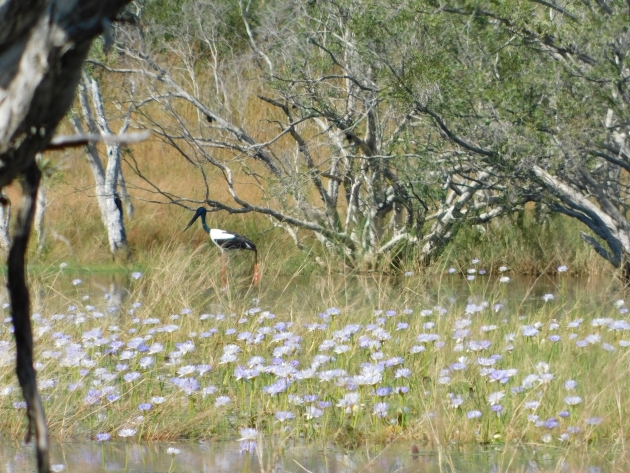
Black-necked Stork
The Magpie Geese have been known to breed in the area and sometimes you will observe them amongst the lilies, but sometimes they are perched in the trees at the end of the wetland. Both Little Black Cormorants and Little Pied Cormorants like to take up roost in the trees.
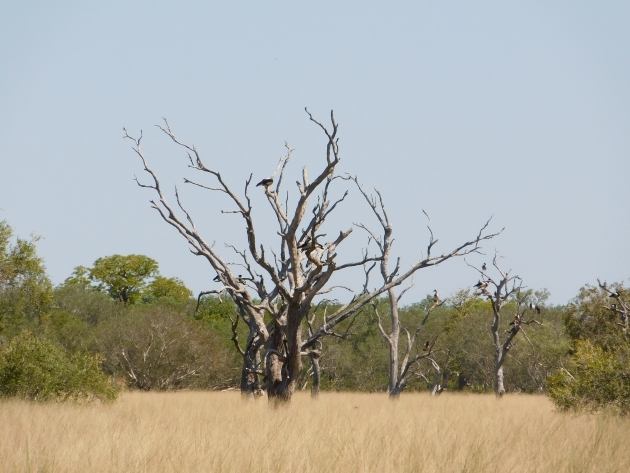
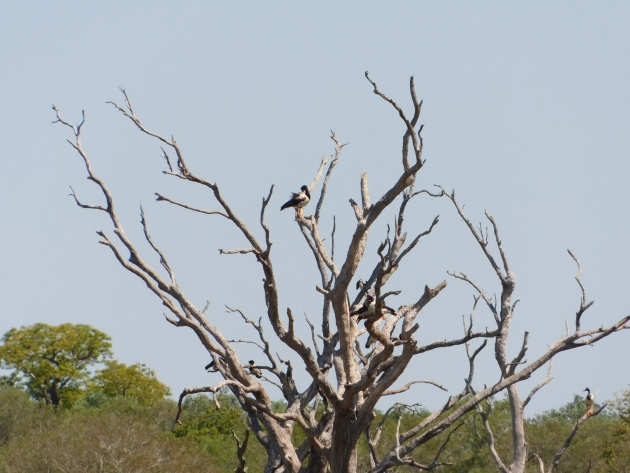
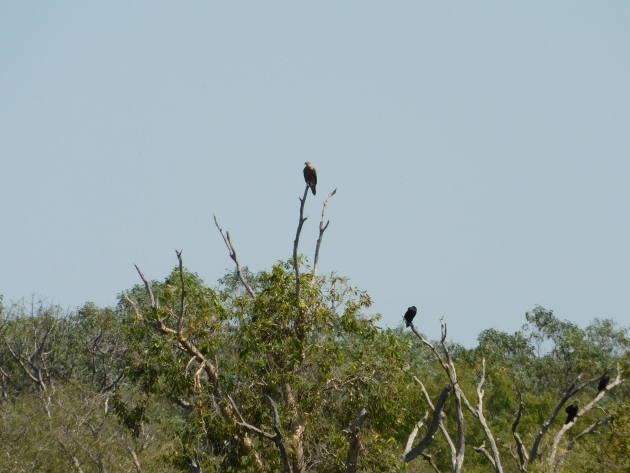
Magpie Geese, Whistling Kite and Cormorants at roost
A variety of raptors including White-bellied Sea-Eagles, Brown Falcons, Nankeen Kestrels, Brown Goshawks, Black-breasted Buzzards, Collared Sparrowhawks, Swamp Harriers, Black Kites and Whistling Kites visit the area. If they are hunting you will undoubtedly find out if there are Nankeen Night-herons in the area when they take off.
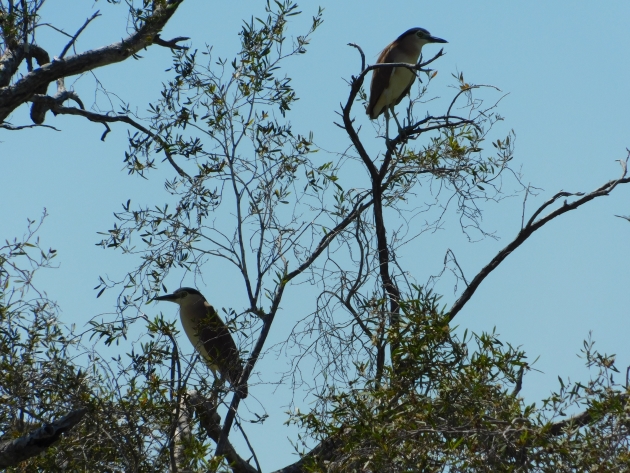
Nankeen Night-herons
As soon as the surrounding land starts to dry out there are more visits by other bird species that require water to survive. These include Long-tailed Finch, Double-barred Finch, Galahs, Red-collared Lorikeets, Red-winged Parrots, Red-tailed Black Cockatoos, Cockatiels, Sulphur-crested Cockatoos and Little Corellas.
You can expect to observe Whiskered Terns, Caspian Terns and White-winged Black Terns on some visits and the Fairy Martins and Tree Martins also like to dip into the water. Dollarbirds are often present for the wet season months. The muddy edges and shallow water attracts Common Sandpipers, Common Greenshanks, Marsh Sandpipers, Sharp-tailed Sandpipers, Black-fronted Dotterels, Red-kneed Dotterels, Australian Pratincoles, Oriental Plovers, Black-winged Stilt and Red-necked Avocets.
Although we have never observed Painted Snipe at this location, they were recorded breeding here in 1960 and 1961. There were no further records in the Kimberley until 1999, but of course when so much land floods during our wet season making it all but inaccessible to vehicles they may well breed here more often than we are aware. Not only does the area have a small population of people, but an even smaller population of birders!
I can highly recommend a break in your journey either north or south between Broome and Derby to Munkajarra Wetlands to enjoy all that is on offer. Now the track has been improved it has become more accessible and hopefully everyone will appreciate what nature has provided for us at this location.













Leave a Comment